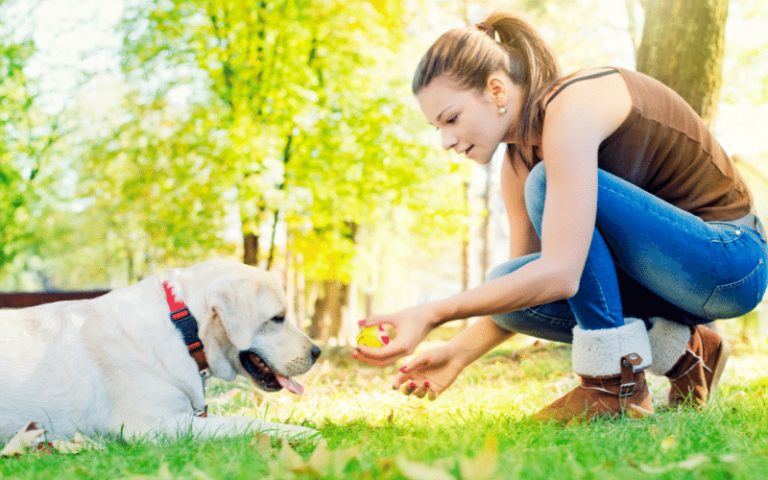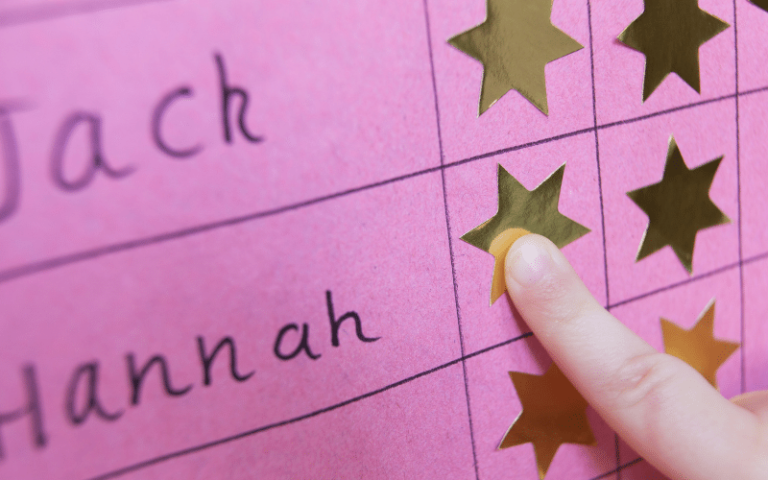Unconditioned Stimulus: Definition and Examples
In classical conditioning, the unconditioned stimulus automatically leads to a response. It triggers a response unconditionally without any prior learning. The unconditioned stimulus sets the foundation for forming conditioned responses through associative learning. An unexpected loud noise is one example. You react naturally and automatically when this unconditional stimulus occurs by flinching in surprise. That unlearned…

In classical conditioning, the unconditioned stimulus automatically leads to a response. It triggers a response unconditionally without any prior learning. The unconditioned stimulus sets the foundation for forming conditioned responses through associative learning.
An unexpected loud noise is one example. You react naturally and automatically when this unconditional stimulus occurs by flinching in surprise. That unlearned response is known as the unconditioned response.
Unconditioned Stimulus Definition in Classical Conditioning
Classical conditioning is a form of associative learning. People learn to respond to a stimulus by repeatedly pairing it with something that naturally triggers a response (aka the unconditioned stimulus).
Classical conditioning works like this:
- Initially, an unconditioned stimulus triggers an unconditioned response whenever it is presented.
- During classical conditioning, a neutral stimulus is repeatedly presented with the unconditioned stimulus.
- Once an association has been made, a stimulus that was once neutral begins to evoke the same response, even when it is presented without the unconditioned stimulus.
- Now that the association has been made, the previously neutral stimulus is called a conditioned stimulus, and the response to this stimulus is known as the conditioned response.
Unconditioned Stimulus Examples
A few examples of the unconditioned stimulus include:
- Loud noises: You will jump or startle in reaction if you hear a sudden, loud noise.
- Food: The sight or smell of food can trigger a salivary response, which happens naturally and automatically.
- Hot pan: If you touch your bare finger to a hot pan, you will jerk your hand back in response to the pain.
- Bright light: If you are in a dark room and someone turns on a light, the sudden brightness will automatically trigger squinting or shielding your eyes in response.
- Smell: A terrible smell might cause you to wrinkle your nose in disgust.
- Sickness: If you eat something that is spoiled or contaminated, you will become sick.
In each case, the unconditioned stimulus leads to an automatic response. You don’t have to learn how to react; it simply happens naturally.
The Unconditioned Stimulus in Pavlov’s Experiments
In Pavlov’s famous classical conditioned experiments with dogs, the presentation of food was the unconditioned stimulus. Presenting food naturally caused the dogs to salivate, which was the unconditioned response.
Pavlov noticed that pairing the unconditioned stimulus with a neutral stimulus, in this case, the sound of a bell, caused the dogs to eventually salivate in response to the sound of the bell alone.
The Unconditioned Stimulus in the Little Albert Experiment
Another classic psychology experiment was known as the “Little Albert experiment.” Behaviorists John B. Watson and Rosalie Rayner conditioned a fear response in a small child known as Little Albert.
In the experiment, the researchers paired a sudden loud noise (the unconditioned stimulus) with the sight of a white rat (the neutral stimulus).
Eventually, just seeing the rat triggered a fear response.
How to Tell the Unconditioned Stimulus vs. the Conditioned Stimulus
If you need some help distinguishing between the unconditioned stimulus and the conditioned stimulus, here are clues you should watch for.
First, consider the nature of the stimulus. The unconditioned stimulus is something that inherently leads to a response. It is automatic and reflexive. The conditioned stimulus, on the other hand, is something that used to be a neutral stimulus with no inherent effect on the response. It was only after the CS was repeatedly paired with the USC that it began to evoke a response.
How Timing Affects the Conditioning Process
The process of learning by developing an association between an unconditioned stimulus and a neutral stimulus can be affected by a few different factors. Of these, timing is perhaps the most important. Waiting too long between presenting the neutral stimulus and the unconditioned stimulus can undermine the association, but ensuring the two occur together or overlap can lead to much stronger learning.
The timing and sequences of how the neutral stimulus and unconditioned stimulus are presented in relation to one another can affect the strength and effectiveness of the conditioning process.
There are four types of classical conditioning based on how the UCS and neutral stimulus are presented: delayed, trace, backward, and simultaneous conditioning.
Delayed Conditioning
In this type of conditioning, the neutral stimulus is presented before the unconditioned stimulus begins and overlaps it.
For example, if a bell rings (the neutral stimulus) and continues to ring while the food (the unconditioned stimulus is presented), the dog will learn to associate the bell with the presentation of food.
Delayed conditioning tends to produce the strongest associated and the best results.
Trace Conditioning
In trace conditioning, there is a gap between the end of the neutral stimulus and the presentation of the unconditioned stimulus.
For example, imagine that a light is turned off (the neutral stimulus), and then, a few moments later, a puff of air (the unconditioned stimulus) is blown into the individual’s eye. After a few pairings, the individuals learn to associate the lack of light with the puff of air, so they may blink or flinch in response.
This type of conditioning can also produce strong results as long as the temporal gap is not too long.
Backward Conditioning
In backward conditioning, the unconditioned stimulus is presented before the neutral stimulus. For example, you might give your dog food (the unconditioned stimulus) before ringing a bell (the neutral stimulus).
Because the UCS is presented first, this type of conditioning tends to have poor results.
Simultaneous Conditioning
In simultaneous conditioning, the neutral stimulus and the unconditioned stimulus are presented at exactly the same time. There is no temporal gap between their presentation.
An example of this would be presenting a tone and an electric shock simultaneously.
Like backward conditioning, this type of conditioning also tends to lead to a weaker response.
The Unconditioned Stimulus: Key Points to Remember
- The unconditioned stimulus (also known as the UCS) is a stimulus that automatically triggers an unconditioned response without any learning.
- The UCS plays an important role in classical conditioning, which involves learning through association.
- In classical conditioning, repeatedly pairing the unconditioned stimulus with a neutral stimulus can create an association that eventually leads to a conditioned response.
- How a neutral stimulus is paired with the unconditioned stimulus can affect how well an association is learned; delayed conditioning and trace conditioning tend to be the most effective.
Sources:
Christoforou, C. (2018). Unconditioned stimulus. In: Shackelford, T., Weekes-Shackelford, V. (eds) Encyclopedia of Evolutionary Psychological Science. Springer, Cham. https://doi.org/10.1007/978-3-319-16999-6_1041-1
Grover, D., Chen, JY., Xie, J. et al. Differential mechanisms underlie trace and delay conditioning in Drosophila. Nature 603, 302–308 (2022). https://doi.org/10.1038/s41586-022-04433-6
Rehman I, Mahabadi N, Sanvictores T, et al. Classical conditioning. [Updated 2023 Aug 14]. In: StatPearls [Internet]. Treasure Island (FL): StatPearls Publishing; 2024 Jan-. https://www.ncbi.nlm.nih.gov/books/NBK470326/
Wimberly, J., Dufrene, B. (2017). Unconditioned stimulus. In: Zeigler-Hill, V., Shackelford, T. (eds) Encyclopedia of Personality and Individual Differences. Springer, Cham. https://doi.org/10.1007/978-3-319-28099-8_1033-1





